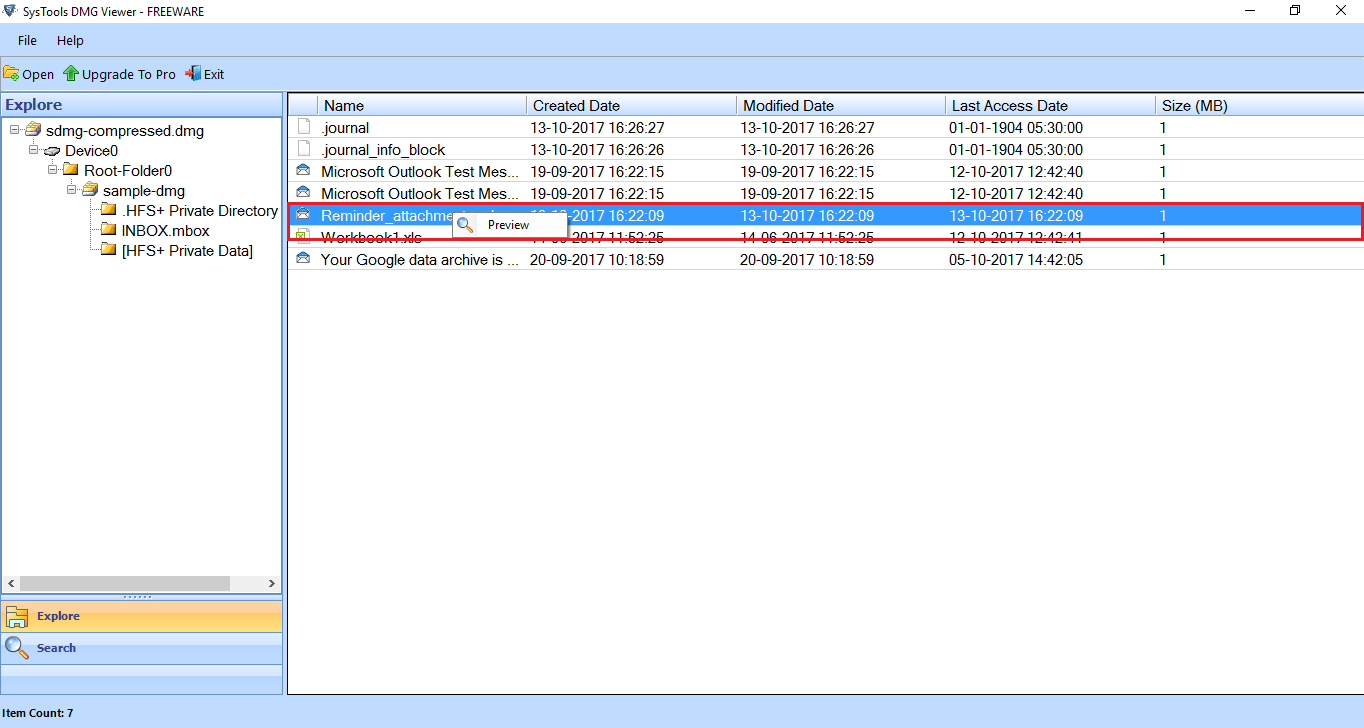
Step 1: Once you have the macOS install DMG file on a Windows PC, click on Windows + R to open the run dialog box, and type in CMD, then hit Enter. Still, it's an effective way to create bootable media for a Mac computer.

Please note that you can't boot your Mac from bootable USB made from an ISO file, which means you'll have to convert it back to DMG prior to that. Since ISO is a better format for Windows, you can also convert the DMG to the ISO format and then use the ISO disk image to create the bootable USB. Now follow the link listed on the screen to start installing macOS from USB driveĭownload Mac Version Convert DMG to ISO and Create macOS Boot USB from Windows You will be notified when the burning task is completed. This process will be finished in less than 10 minutes and you have to wait before you can do anything with the device. Step 4: When the dmg file is loaded from local hard drive, click 'Burn' button to start burning dmg to USB drive. If the drive name was wrong, you can click 'Change' button to pick up the right device. Step 3: Insert an USB drive to Windows PC and the name will show up at the right side of USB icon.

At this time, click 'Burn' tab And you will be lead to a new window. And you will see three options on the main screen. Step 2: After installation, UUByte DMG Editor will be opened automatically. Currently, it works well on Windows 10, Windows 8 and Windows 7. You can now quit Terminal and eject the volume.Step 1: Download UUByte DMG Editor setup.exe from this website and follow the prompt to install the software on a Windows PC.

If the volume has a different name, replace MyVolume in the command with the name of your volume. Each command assumes that the installer is in your Applications folder and MyVolume is the name of the USB flash drive or other volume you're using. Type or paste one of the commands below into Terminal, then press Return to enter the command.Open Terminal, which is in the Utilities folder of your Applications folder.Plug in the USB flash drive or other volume that you're using for the bootable installer.


 0 kommentar(er)
0 kommentar(er)
